Pokémon Scarlet and Violet: The Indigo Disk has been more than just a new area with new Pokémon. Paldea and Kitakami have differences, too, largely through the mass outbreak system. Let’s go over how The Indigo Disk handles mass outbreaks and some new faces you’ll see in your game.
Mass outbreaks are a mechanic in Scarlet and Violet‘s base game. This guide will focus on the changes to the system introduced with The Hidden Treasure of Area Zero Part Two, with a focus on different Pokémon available.
Confirmed mass outbreak Pokémon from The Indigo Disk

Mass outbreaks in the Terarium are largely random, especially for Pokémon like Milcery, which primarily wander from region to region. But, in general, you will find mass outbreaks of Pokémon in the region or biome they are from. For the Terarium, Canyon Pokémon will be in the Canyon Biome 90 percent of the time. The same goes for Coastal, Savanna, and Polar Pokémon; they’ll all be in their slices of the Terarium.
That said, not all Blueberry Pokémon are currently available as mass outbreaks in The Indigo Disk. Here are some random mass outbreaks in the Terarium confirmed by the community:
- Abomasnow
- Alolan Sandshrew (Violet exclusive)
- Alolan Vulpix (Scarlet exclusive)
- Alomomola
- Altaria
- Araquanid
- Axew
- Beartic
- Beldum
- Bellossom
- Blissey
- Blitzle
- Braviary
- Bruxish
- Bulbasaur
- Camerupt
- Chansey
- Charmander
- Chespin
- Chikorita
- Chimchar
- Chinchou
- Cinccino
- Comfey
- Cottonee
- Crabominable
- Crabrawler
- Cranidos (Scarlet exclusive)
- Cubchoo
- Cyndaquil
- Deerling
- Dewgong
- Dewpider
- Diglett
- Dodrio
- Doduo
- Drilbur
- Dugtrio
- Duosion
- Duraludon
- Eelektrik
- Eelektross
- Electabuzz
- Elekid
- Espurr
- Excadrill
- Exeggcute
- Exeggutor
- Farigiraf
- Fennekin
- Finneon
- Fletchinder
- Fletchling
- Flygon
- Fraxure
- Froakie
- Galvantula
- Geodude
- Girafarig
- Gloom
- Golett
- Golurk
- Gothita
- Gothitelle
- Gothorita
- Granbull
- Graveler
- Grimer
- Grookey
- Happiny
- Hitmonchan
- Hitmonlee
- Hitmontop
- Horsea
- Inkay
- Joltik
- Kleavor
- Krokorok
- Krookodile
- Lanturn
- Lapras
- Litleo
- Litten
- Lumineon
- Luvdisc
- Magby
- Magmar
- Magnemite
- Magneton
- Mandibuzz
- Meowstic
- Metang
- Milcery
- Minccino
- Minior
- Minun
- Mudkip
- Muk
- Numel
- Oddish
- Oricorio
- Oshawott
- Pikipek
- Piplup
- Plusle
- Popplio
- Porygon
- Pyroar
- Qwilfish
- Rabsca
- Rellor
- Reuniclus
- Rhydon
- Rhyhorn
- Rotom
- Rowlet
- Rufflet
- Sandile
- Sawsbuck
- Scizor
- Scorbunny
- Scrafty
- Scraggy
- Scyther
- Seadra
- Seel
- Seviper
- Shieldon (Violet exclusive)
- Sinistea
- Skarmory
- Slaking
- Slakoth
- Slowpoke
- Smeargle
- Snivy
- Snover
- Snubbull
- Sobble
- Solosis
- Squirtle
- Swablu
- Talonflame
- Tauros
- Tentacool
- Tentacruel
- Tepig
- Torchic
- Torkoal
- Totodile
- Toucannon
- Trapinch
- Treecko
- Trumbeak
- Turtwig
- Tynamo
- Tyrogue
- Venomoth
- Venonat
- Vibrava
- Vigoroth
- Vileplume
- Vullaby
- Whimsicott
- Zangoose
- Zebstrika
Huge shoutout to the community and Serebii for digging up the current list of known outbreaks. There may be more outbreaks to discover, however. GameFreak will occasionally add additional ones through events and updates, so keep an eye on Poké Portal News.
How mass outbreaks work in The Indigo Disk
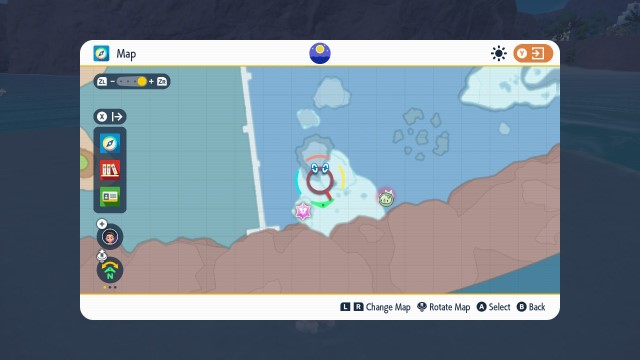
Mass outbreaks are groups of Pokémon that spawn in greater quantities and enable chain defeating and capturing to improve shiny odds in The Indigo Disk. These Pokémon are marked on the map with their personal sprite and a backdrop of a creature’s head. When you go to those regions, more Pokémon of that species will be available, and they will respawn rapidly when defeated or captured.
In The Indigo Disk, mass outbreaks can occur within the Terarium. These function largely the same as they do in Teal Mask or base game Scarlet and Violet, in that almost all Pokémon that appear within a certain radius of an outbreak spot will belong to the same species—and, when it applies, form—of Pokémon. These Pokémon are on-level for the area and have a massively boosted spawn rate within the outbreak region. By defeating Pokémon of the same species in an outbreak’s range, you boost the chance of future spawns being shiny. However, there is a limit to the number of Pokémon in one, so you’d better make them count.
Mathematically, mass outbreaks double the odds of finding a shiny Pokémon for each 30 Pokémon of that type defeated or captured, up to a four-times better chance at 60 K.O’s or catches. Combine this with high-quality Sparkling sandwiches of the Pokémon’s type and the Shiny Charm, and you’ve got a recipe for really efficient shiny farming.
Outbreaks do not naturally have higher Mark chances or higher EXP gain, unlike how catch streaks work in the Let’s Go games.
Outbreaks tend to last for a full in-game day (about 72 minutes) or until you defeat 100 to 120 Pokémon. You will get warnings about the outbreak “reducing” for every 20 to 30 Pokémon you defeat. These are your warnings for the outbreak running out of targets to take down, so be sure to keep your eyes peeled for the shiny of your dreams during those 100 or so monsters. Once the outbreak peters out, a few outbreak Pokémon remain, but spawn rates will return to normal as those Pokémon are defeated or captured.
Terarium-specific rules
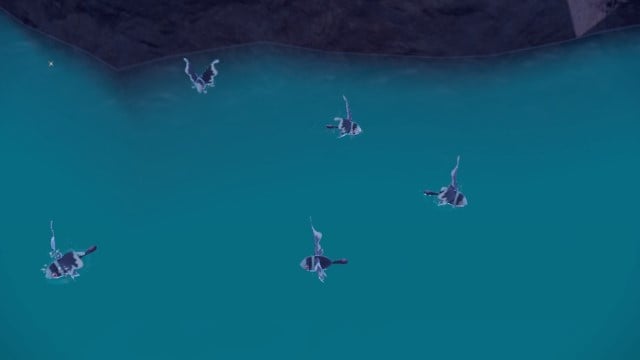
The Terarium follows very slightly different rules than base game Paldea or Kitakami.
Several of the confirmed Indigo Disk Pokémon can have more specific variants of outbreak. For instance, a Minior outbreak can feature a specific Minior color. This can lead to a few different outbreaks featuring less variety than a standard group of Pokémon but can be useful if you want to farm Marks.
These mass outbreak Pokémon are all possible to catch in Blueberry Academy proper, so no legendaries or hard-to-evolve Pokémon that aren’t strutting around the Terarium by default. Alolan Golem, for example, is off the menu, which is a shame for those who don’t want to spend an afternoon trading a million Pokémon with their friends.
A few of these outbreaks are locked behind the Biodiversity missions. Specifically, all Starter outbreaks can only exist once you have their region’s Biodiversity upgrade. In addition, some outbreaks are exclusive to Scarlet or Violet—a Violet player won’t see any Alolan Vulpixes on their outbreak table.
In the Terarium, outbreaks tend to occur where the Pokémon lives naturally. So, a Joltik outbreak will probably occur underground. If you reach an area that supposedly has one and don’t see any outbreak Pokémon around, you probably need to head for a nearby cave system. Few outbreaks occur far overhead, after all.
You may have noticed that, unlike Kitakami, the outbreaks for Blueberry Academy tend to be Indigo Disk Pokémon, rather than a mixture of Generation Nine and older Pokémon. Kitakami and Paldea are largely unaffected by the outbreak list from The Indigo Disk. Their lists have not changed significantly with the final Scarlet and Violet DLC. This is likely to distance the two previous maps from Blueberry Academy.
Don’t worry, though. Both Paldea and Kitakami are getting mass outbreak support through mass outbreaks, just like they were before the DLC dropped. You will likely have to explore all three maps quite often in the future to ensure you don’t miss any of these events since the mass outbreak Pokémon will change frequently.
What are event outbreaks? Explained
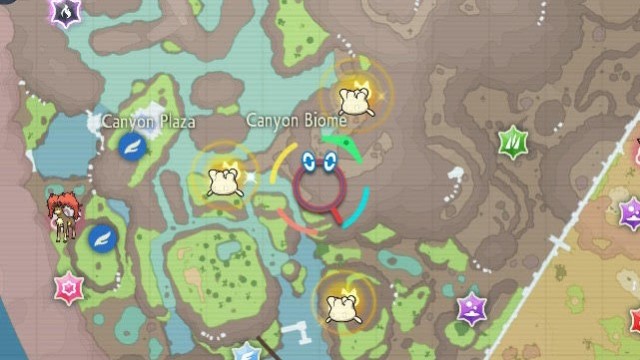
Event outbreaks are GameFreak-driven events that change the rules of outbreaks. These outbreaks can occur anywhere and typically have a sparkling golden symbol instead of a purple one. You can look at the Poké Portal or Scarlet and Violet homepage for more information concerning whatever event is occurring at your time.
Event outbreaks typically last two to three weeks, alongside Tera Raids and Mystery Gift events. They also tend to be back-to-back, leaving little room for breaks in between. If you want everything that GameFreak is giving you, be online and ready to farm at least once every two weeks. Grinding this breakneck schedule is unfortunately required for completionists, as events like Walking Wake or Iron Leaves can leave before you know it. Then you’re stuck waiting for another event to come up.
At the time of publication, there was an event for Flabébé in Paldea, Litwick in Kitakami, and Milcery in the Terarium. These events had a higher rate of shiny Pokémon and a much higher spawn rate than any other mass outbreak. In addition, those outbreaks could occur outside the normal habitats for these Pokémon—Milcery were all over the Terarium, and you could find Flabébé in the deserts.
The next known mass outbreak event will be Dratini in Paldea, Jangmo-o in Kitakami, and Duraladon in the Terarium. That event will run from Dec. 21 into the New Year, ending Jan. 3, 2024. But instead of boosted shiny Odds, these Pokémon will have a higher chance of having the Joyful Mark. These little titles will give your Pokémon the follow-up of “the Joyful” when throwing them into combats. They will likely keep the higher rate of outbreaks occurring with these three as well as the spawns being across the maps, rather than stuck in habitats.
These events require you to be connected to the internet and the game to be updated to its latest version. Otherwise, you won’t have access to those Joyful Jangmo-os coming up.


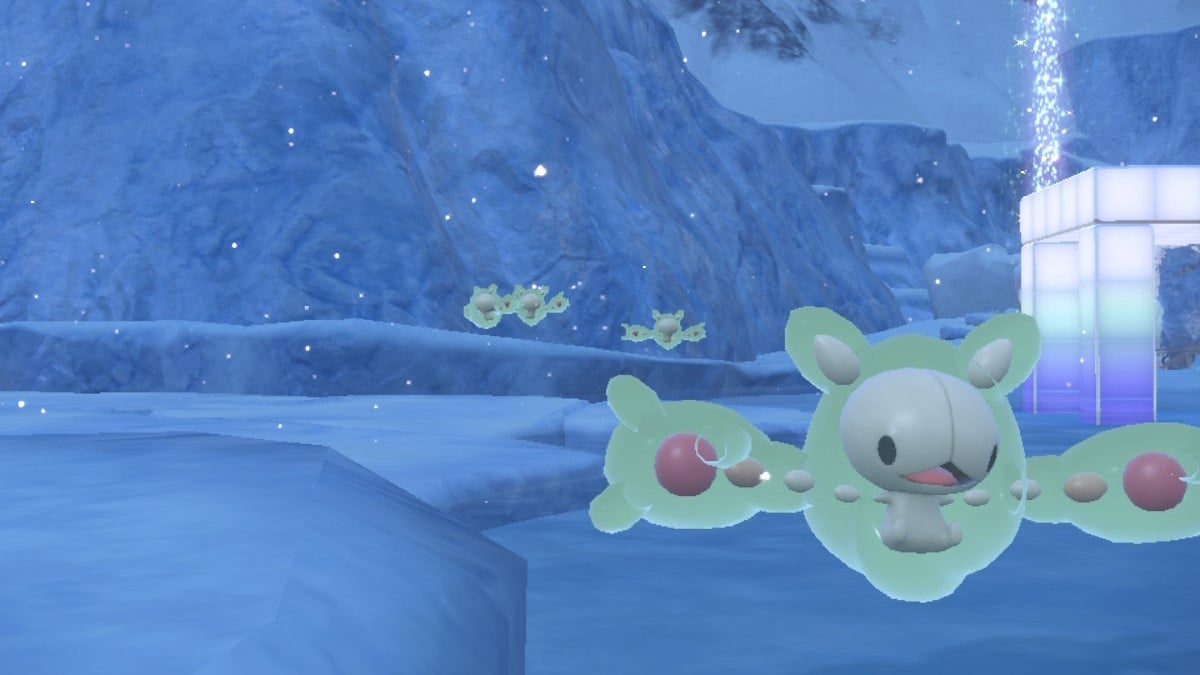
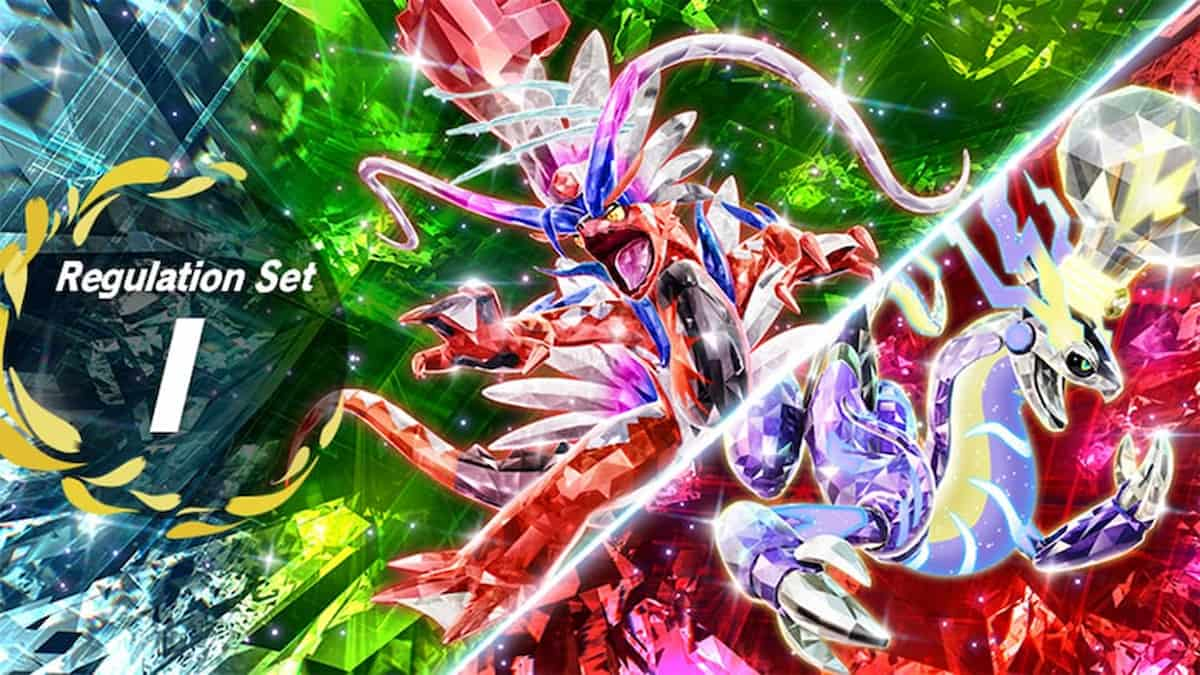

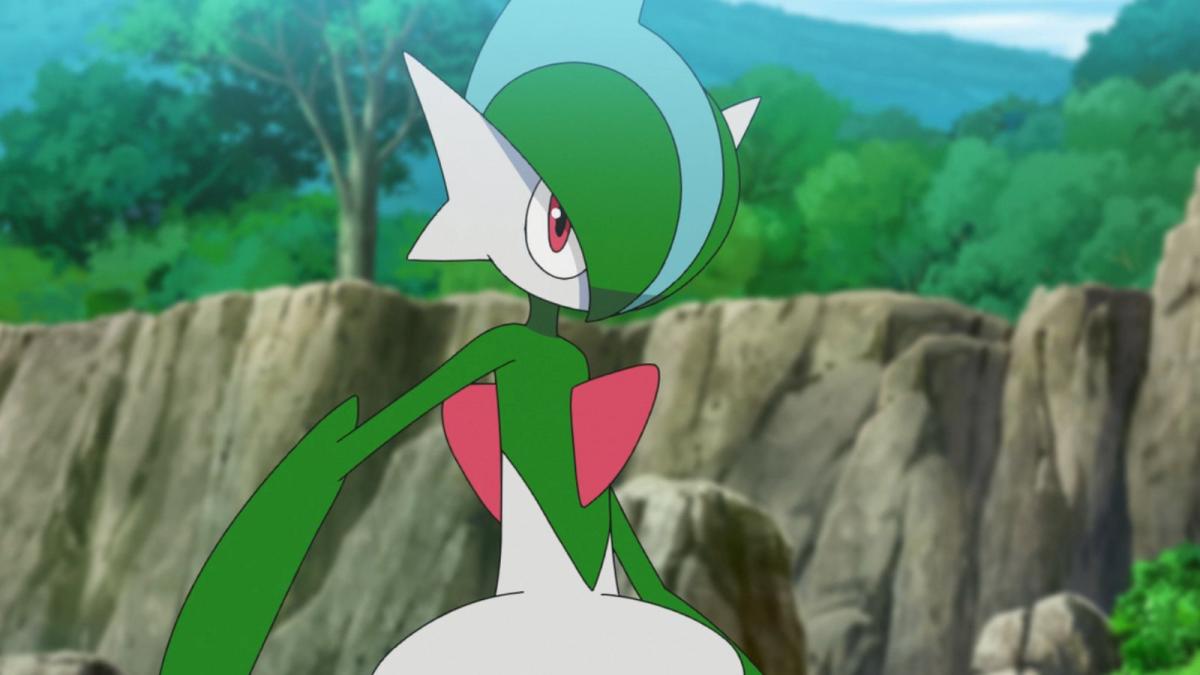


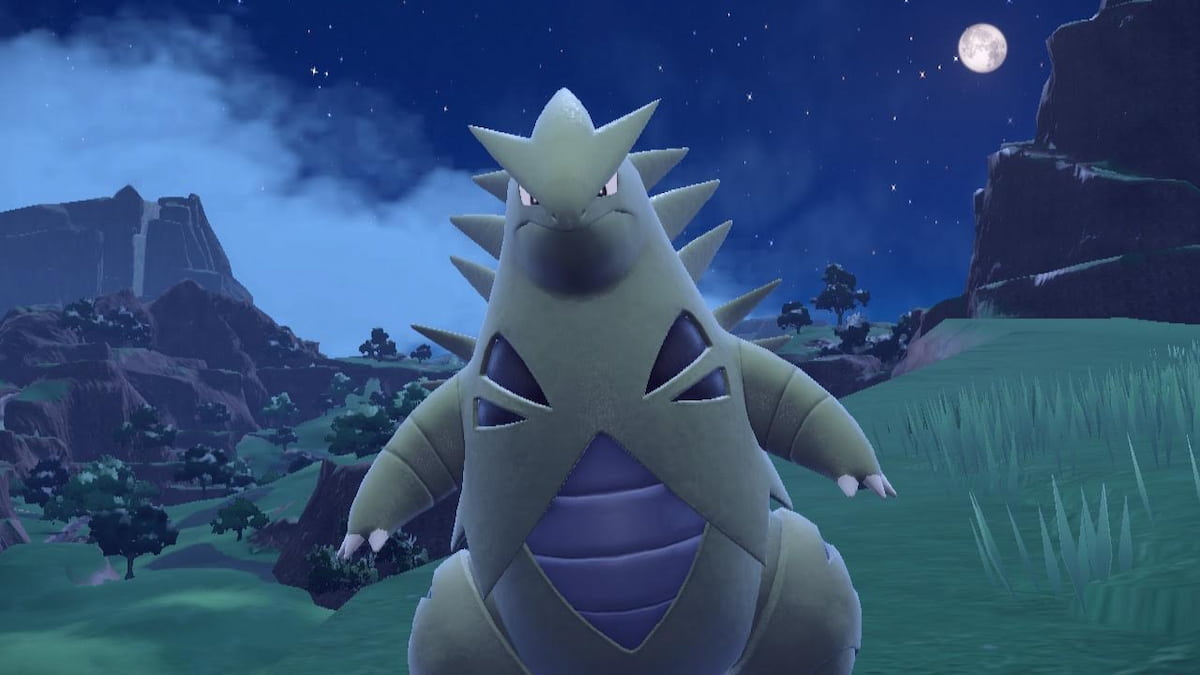
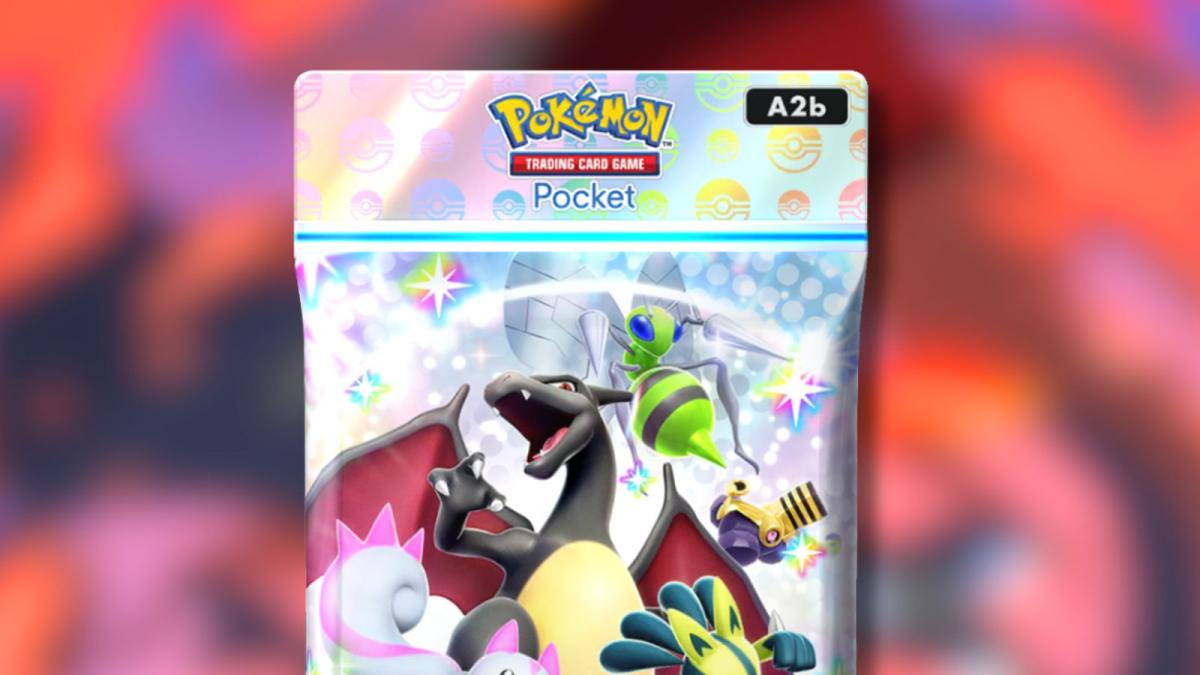

Published: Dec 20, 2023 04:28 am